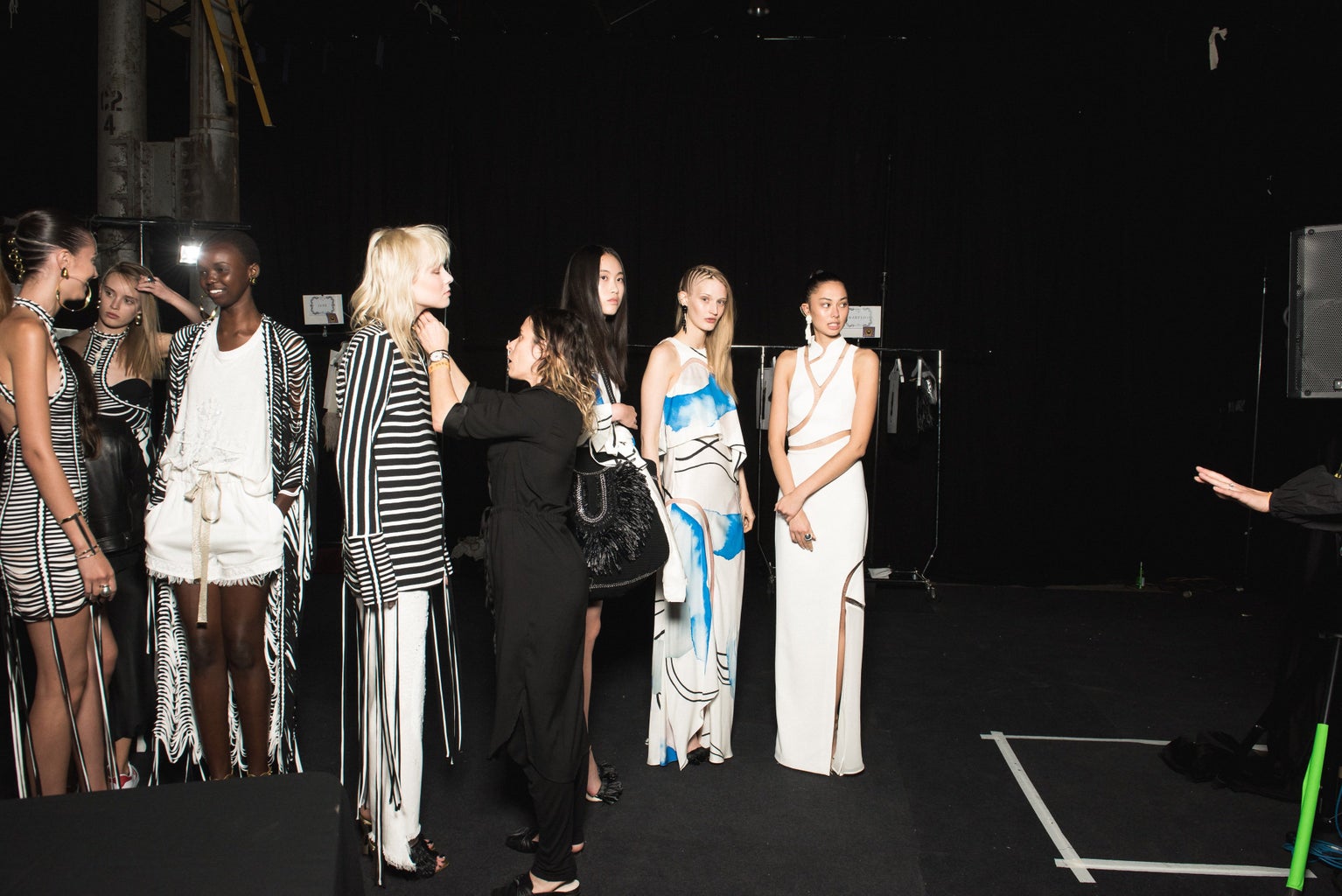When we think of certain industries, we immediately associate them with women and femininity. These industries are mainly: education, art, childcare, beauty and fashion (the industry I will be focusing on). Often staffed with a mostly female workforce, these industries are seen as frivolous and bring up images of women running around with paintbrushes, books, children and fabric—free to take up positions of power in these industries. However, when we examine Fashion Week across fashion’s biggest cultural hubs—New York, London, Paris and Milan—we find that no more than 47% of the head designers over womenswear brands are female.
In the grand scheme of the fashion cycle, this is a staggering fact considering that many of the standards and trends shaped by these male-dominated brands will trickle down and be religiously adopted by waiting teenage girls. Even before these trends are made available in department stores and accessible stores for vulnerable teens, they make a major impact.
Designers carefully choose the models wearing the clothes, they curate collections around their idea of beauty and they foster environments that view women as disposable objects of admiration. When previously working a show, I remember the show director calling all the models together and with a tone of unfeeling disregard said to the group of young, impressionable models:
“Ladies, I want you to know that you are nothing and mean nothing to the audience. As a model, you are simply a hanger for the clothes, and your job is to make the clothes look good, not yourselves. The clothes are what matter; you don’t.”

In real-time, I remember watching the excitement and beauty these young girls held about themselves wither away and their once shining confidence begin to dim. Perhaps it began well before this show, or perhaps that moment had been the beginning for them, but each of these girls had begun a lifelong journey to find beauty in themselves in spite of the industry that had already rejected them at such a tender age.
Again and again, these insecurities will be reconfirmed by fashion houses that boast only 14% of women in leadership positions while arguably dominating the industry and setting the highest standard of beauty that only a few will have the resources and means to gain. Meanwhile, these same brands will villainize women who do not fit the mold and continue to cast them in light of disapproval, breaking these women down in the eyes of society and fashion to keep money flowing. When will it end? How can we create change in an industry seemingly stuck in its ways?
In spite of the disheartening damage that has been done and will take much time to recover from, this industry has taken strides in recent years and become more reliant on customer demand to the point of retracting many of the methods keeping the harmful cycle in place. For example, many major brands have begun to rely more on data and trends to fuel the creative process rather than harmful, outdated ideas of beauty.
In addition, the introduction of sustainability as a major topic of conversation has created a demand for clothes that women of all demographics can maintain for a much longer period of time. Many changes fueled by a continually growing world are breaking down the barriers this industry has upheld for so long, but there is still much progress to be made. As a fashion designer myself, I hope to continue to not only witness this change but be a part of it and use my brand to create safe, loving spaces for women all over.



